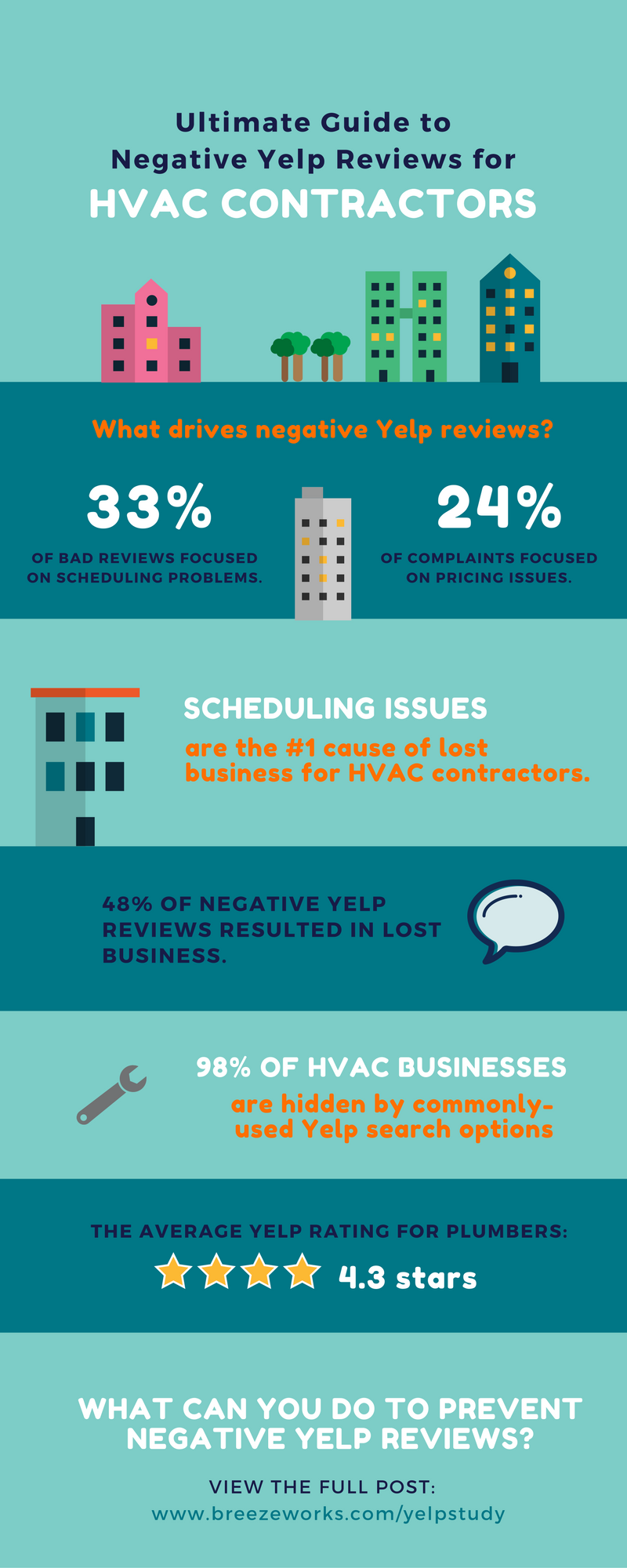The Ultimate Overview To Understanding Heat Pumps - Just How Do They Work?
The Ultimate Overview To Understanding Heat Pumps - Just How Do They Work?
Blog Article
Authored By-Roy Hemmingsen
The very best heatpump can save you substantial amounts of money on power bills. They can also help in reducing greenhouse gas discharges, particularly if you utilize power instead of nonrenewable fuel sources like propane and home heating oil or electric-resistance furnaces.
Heatpump work quite the same as air conditioning unit do. This makes them a feasible alternative to traditional electric home furnace.
How They Work
Heat pumps cool homes in the summertime and, with a little assistance from electricity or gas, they provide some of your home's heating in the winter months. They're a great choice for individuals who wish to reduce their use of nonrenewable fuel sources yet aren't all set to replace their existing furnace and air conditioning system.
They depend on the physical fact that also in air that seems also cold, there's still energy present: warm air is constantly moving, and it intends to move into cooler, lower-pressure settings like your home.
Many ENERGY STAR accredited heat pumps run at near their heating or cooling capacity throughout most of the year, minimizing on/off cycling and conserving energy. For the best efficiency, focus on systems with a high SEER and HSPF ranking.
The Compressor
The heart of the heatpump is the compressor, which is additionally known as an air compressor. This mechanical streaming gadget utilizes prospective power from power creation to enhance the pressure of a gas by minimizing its quantity. It is various from a pump because it just services gases and can't collaborate with fluids, as pumps do.
https://docs.google.com/spreadsheets/d/1D6kgEy5QWqQx5EXE_4UwV83XbB3ozUVKZqtp-17o7qw/edit?usp=drive_link enters the compressor via an inlet valve. It circumnavigates vane-mounted arms with self-adjusting length that divide the inside of the compressor, developing several cavities of varying size. The rotor's spin forces these dental caries to move in and out of phase with each other, compressing the air.
The compressor pulls in the low-temperature, high-pressure cooling agent vapor from the evaporator and compresses it right into the warm, pressurized state of a gas. This procedure is repeated as needed to provide heating or air conditioning as needed. The compressor additionally consists of a desuperheater coil that reuses the waste heat and includes superheat to the refrigerant, changing it from its fluid to vapor state.
The Evaporator
The evaporator in heat pumps does the very same point as it performs in fridges and air conditioning unit, altering liquid refrigerant into a gaseous vapor that gets rid of warm from the space. Heatpump systems would certainly not work without this vital tool.
This part of the system is located inside your home or structure in an indoor air trainer, which can be either a ducted or ductless system. energy efficient heat pump has an evaporator coil and the compressor that presses the low-pressure vapor from the evaporator to high pressure gas.
Heatpump soak up ambient heat from the air, and afterwards utilize power to transfer that heat to a home or company in home heating setting. That makes them a lot a lot more power effective than electric heating systems or heaters, and because they're making use of tidy electricity from the grid (and not burning fuel), they likewise create much less exhausts. That's why heatpump are such wonderful environmental options. (In https://drive.google.com/drive/folders/1IMIZ3APRhQ7Xd7Bi_hJuTxqd2b_Q4-T8?usp=drive_link to a big reason they're coming to be so preferred.).
The Thermostat.
Heatpump are fantastic choices for homes in cool environments, and you can use them in combination with traditional duct-based systems or perhaps go ductless. They're an excellent different to fossil fuel heating systems or typical electric furnaces, and they're extra lasting than oil, gas or nuclear cooling and heating devices.
Your thermostat is one of the most vital element of your heat pump system, and it functions really differently than a traditional thermostat. All mechanical thermostats (all non-electronic ones) work by utilizing substances that alter dimension with increasing temperature, like coiled bimetallic strips or the broadening wax in a vehicle radiator valve.
These strips include 2 various sorts of steel, and they're bolted with each other to form a bridge that completes an electrical circuit connected to your HVAC system. As the strip gets warmer, one side of the bridge increases faster than the other, which triggers it to bend and indicate that the heating system is required. When the heatpump is in home heating setting, the reversing valve turns around the flow of cooling agent, to ensure that the outside coil now works as an evaporator and the indoor cylinder becomes a condenser.